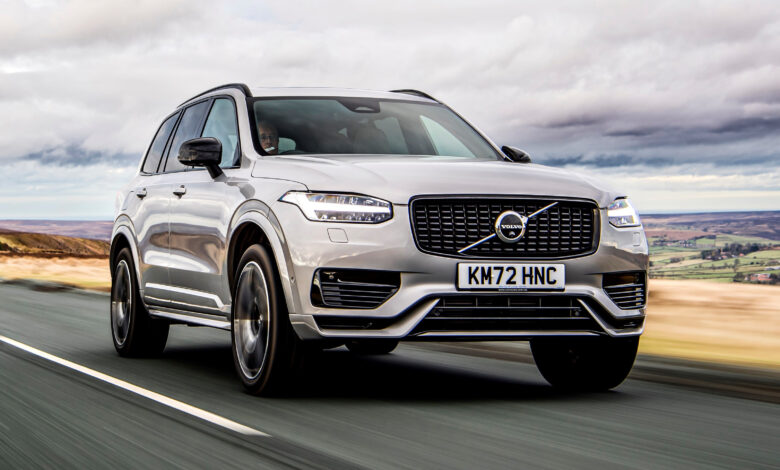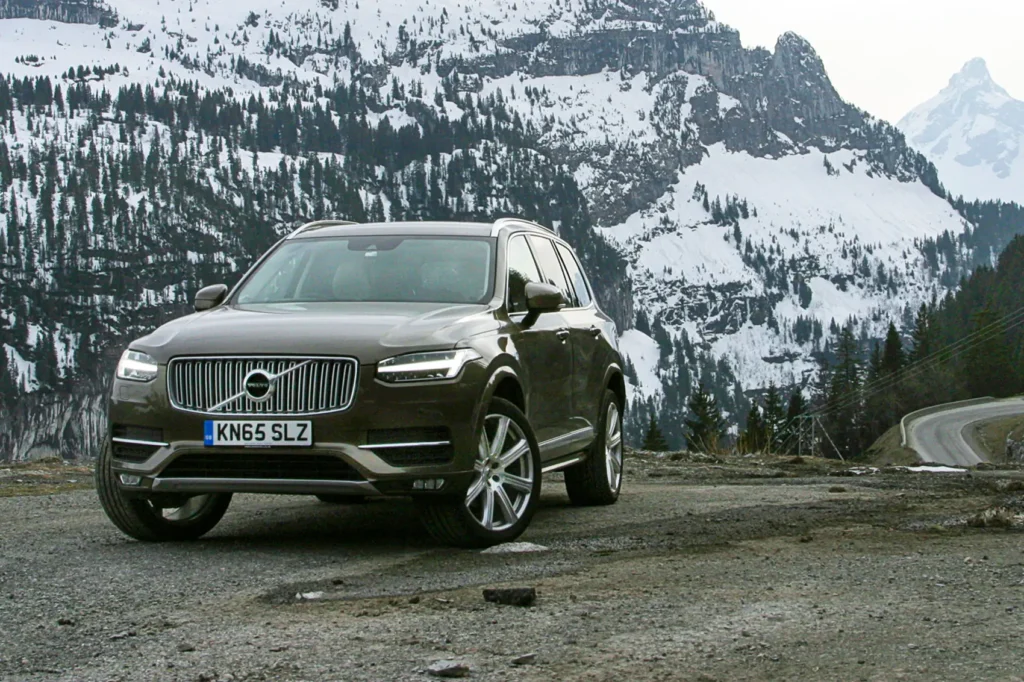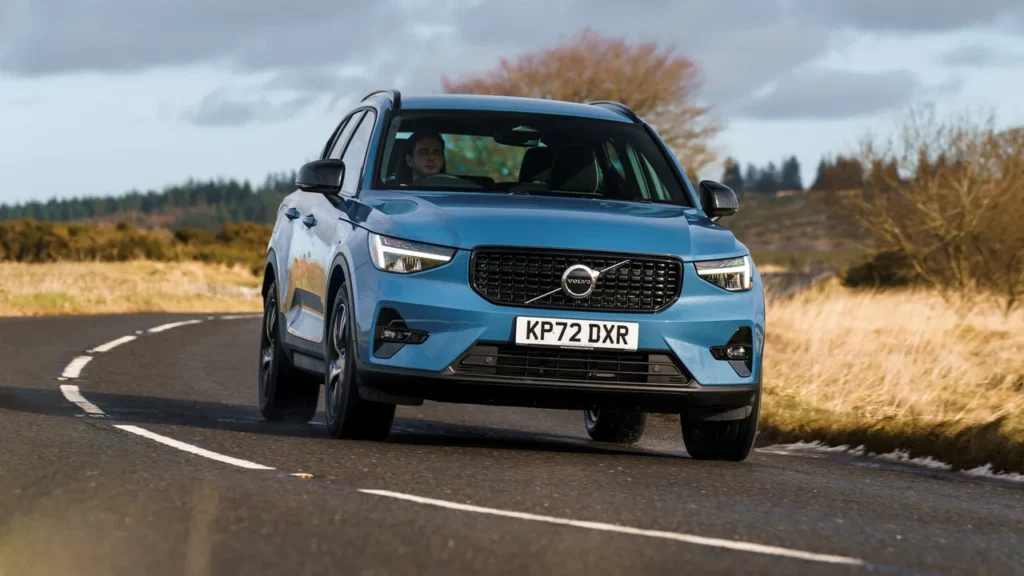From Safety Pioneer to Global Icon: The Strategic Ascent of Volvo

From Safety Pioneer to Global Icon: The Strategic Ascent of Volvo. In the high-stakes world of automotive manufacturing, where brand loyalty is hard-won and innovation moves at the speed of technology, Volvo carved a niche not through flash or flamboyance, but through an unrelenting focus on safety, authenticity, and strategic foresight. The Swedish automaker, founded in 1927, has transformed from a local manufacturer in Gothenburg into a globally respected brand, known not just for reliable vehicles, but for engineering that prioritizes life.
Engineering a Safer Future
Volvo’s defining turning point came in 1959 with the introduction of the three-point safety belt, a now-standard innovation that the company deliberately left unpatented to ensure universal adoption. This decision exemplified Volvo’s authentic commitment to human life over commercial gain, earning the brand global respect and setting the foundation for its reputation as the safest car brand in the world.
By the 1970s, Volvo had expanded its safety leadership with innovations such as rear-facing child seats and side-impact protection systems. These developments were not just technical achievements; they were powerful marketing tools that aligned with growing global concerns about road safety.

Strategic Branding: Safety Meets Scandinavian Design
Volvo’s brand identity has always been rooted in authenticity. Unlike competitors who sought prestige through luxury or performance, Volvo leaned into its Swedish heritage, promoting vehicles as safe, practical, and beautifully minimalist. In the 1990s and 2000s, Volvo strategically emphasized Scandinavian design and environmental consciousness, aligning the brand with sustainability long before it became a global priority.
A major milestone came in 2010 when Zhejiang Geely Holding Group acquired Volvo from Ford Motor Company. While many feared a loss of identity, Geely gave Volvo the autonomy to continue innovating, supported by deep investment. This period marked a renaissance: Volvo launched a new lineup of vehicles that were not only safer but also more stylish and efficient.
Resilience Through Reinvention
The post-2010 era proved to be transformative. Volvo introduced the Scalable Product Architecture (SPA), a modular platform that underpins its large cars and allows for flexibility in design, electrification, and autonomous driving features. This architecture helped Volvo compete in an era defined by technological disruption without losing its core identity.
In 2017, Volvo made headlines by announcing that every car it launched from 2019 onward would be hybrid or electric. This bold shift placed Volvo at the forefront of the auto industry’s pivot to electrification, reinforcing its long-standing commitment to sustainability.
Despite global supply chain challenges and increased competition, Volvo’s consistent investment in R&D and its transparent, people-first messaging allowed it to maintain growth. The company’s decision to go public in 2021 further strengthened its financial position while allowing it to remain nimble and innovative.

Actionable Insights for Entrepreneurs
Volvo’s journey is filled with lessons for entrepreneurs and business leaders:
- Lead with Purpose: Volvo’s unwavering focus on safety has anchored the brand for nearly a century. Find a purpose that resonates deeply and let it guide strategic decisions.
- Innovate with Integrity: The release of the three-point safety belt as an open patent is a prime example of innovation serving the greater good. Consider how your innovations can build both brand value and social impact.
- Stay Authentic: Volvo never tried to be a sports car or a luxury brand. It doubled down on what made it different. Authenticity builds trust and lasting customer loyalty.
- Adapt Strategically: From embracing electrification to leveraging modular platforms, Volvo’s success stems from its willingness to evolve while staying true to its roots.
- Global Vision with Local Values: Even after being acquired by a Chinese company, Volvo maintained its Swedish ethos. Protecting brand identity in global markets is crucial for longevity.
Conclusion
Volvo’s rise isn’t just a story of technological breakthroughs or savvy marketing. It’s about clarity of vision, moral conviction, and adaptive resilience. From introducing life-saving innovations to leading the charge in electric mobility, Volvo demonstrates that building a globally admired brand requires not only bold decisions but also an unshakable commitment to values. Entrepreneurs take note: the road to success isn’t always the fastest—it’s the one paved with purpose.




